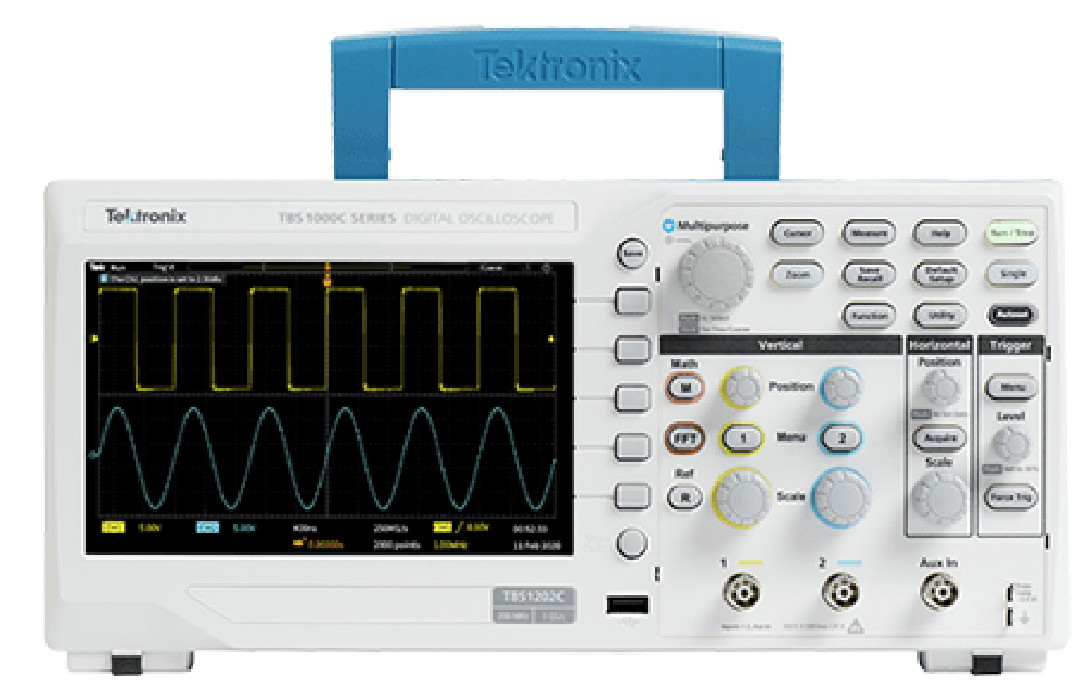

Elevate your sound Optional 4x and 16x oversampling modes offer pristine audio quality with no aliasing even with aggressive settings. Multi-band enhancer Spectre does not work like a conventional EQ. Mixing Vocals with Waves - a Webinar with Yoad Nevoĭownload for MAC. No iLok or challenge response needed for registering Spectre. Changed to State Variable Filter structure. You can add harmonics to parts of the spectrum without changing the level of existing content.ĭownload the press kit containing the press release and high resolution pictures of the User Interface with and without background, along with Wavesfactory and Spectre logos.

The de-Emphasis mode compensates the EQ boosts after the distortion state. Adjust the amount of harmonics with the input and output volume parameters for a more precise gain control. With 3 saturation modes: subtle, medium and aggressive you have a quick way of warming up your tracks. Optional 4x and 16x oversampling modes offer pristine audio quality with no aliasing even with aggressive settings. It takes away the harshness of traditional EQ plugins and brings in the sweetness of parallel processors. It can go from the warmth of valve to a harsh digital clipper, from creamy tape saturation to a chip bit crusher. Spectre is more versatile than a simple enhancer as you can choose from ten different saturation algorithms to get different colours per band. Spectre lets you sculpt the sound of your tracks with an easy and familiar EQ workflow.
#Smexoscope vs analog oscilloscope full
The result is a signal with character, full of color, with bigger and warmer low frequencies, shiny shimmering highs and powerful mids. Spectre process the incoming audio with a five band parallel EQ, it extracts the difference between this signal and the dry input and process it through one of the ten saturation algorithms included, then it mixes it back with the dry input. This ability to offer almost phantom content across the audio spectrum led us to the name Spectre. Spectre introduces harmonic content that was not in the original recording, bringing colour and life to the sound, not possible with a conventional EQ. Spectre does not work like a conventional EQ. Insert it in a track and see for yourself what Spectre can do for you. Spectre can be used on individual trackssub-mixesthe entire mix and is ideal for mastering. Spectre processes the difference between the input signal and the EQ signal, introducing harmonic content to just the part of the spectrum that you want from a variety of saturation algorithms based on classic recording hardware.


 0 kommentar(er)
0 kommentar(er)
